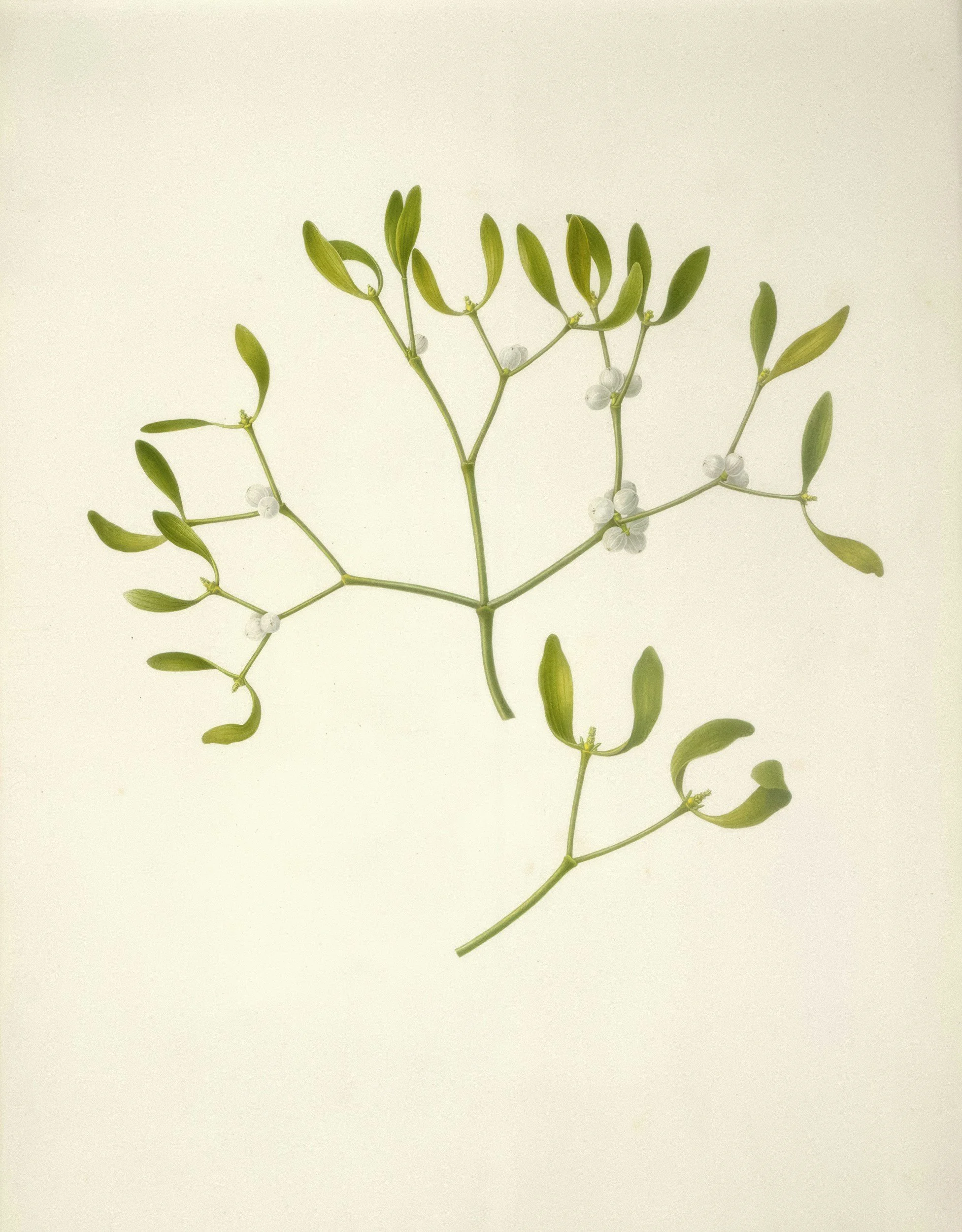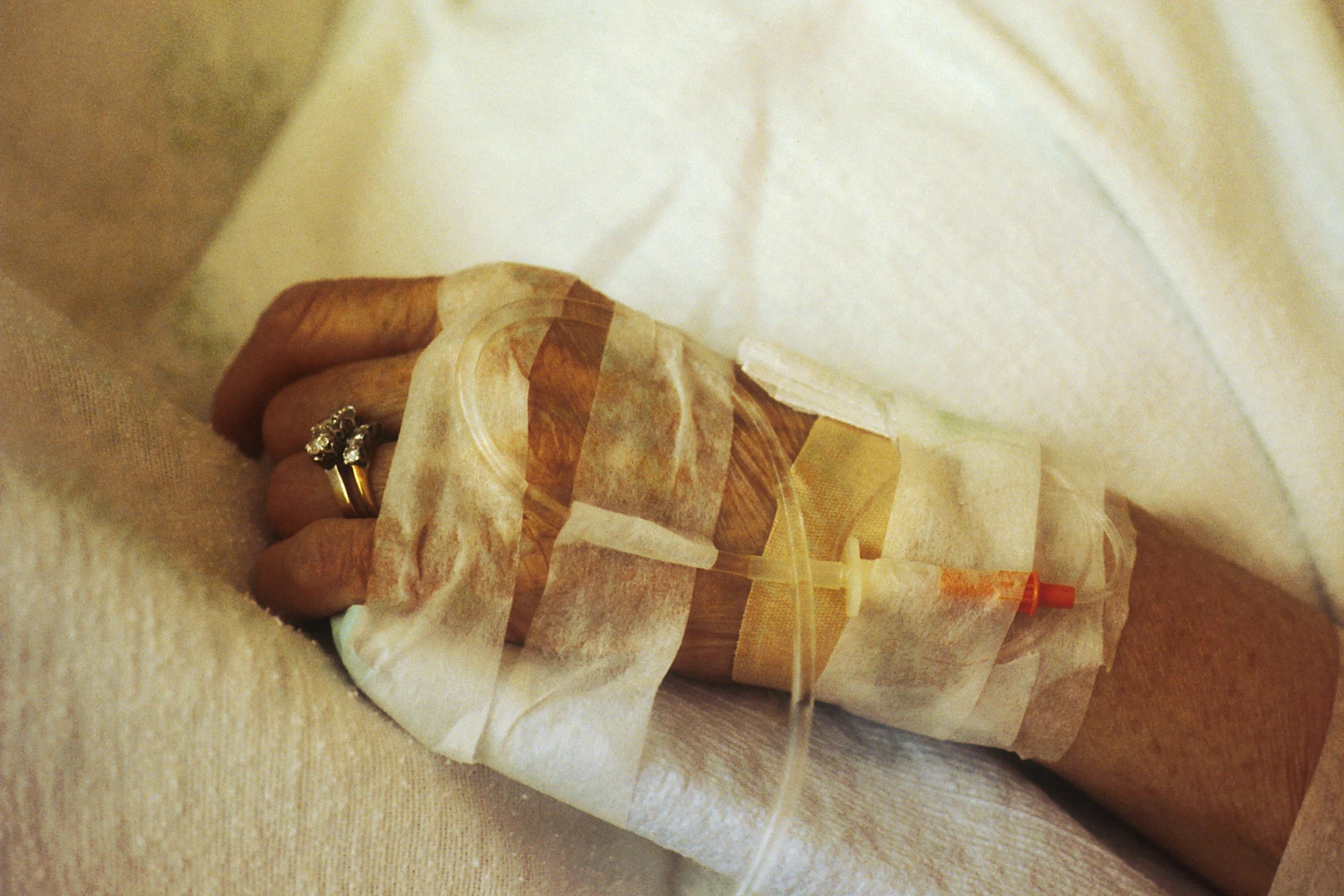Mistletoe Therapy for Cancer: How Nature Supports Healing During Treatment
Clinical Evidence and Research
Over a hundred clinical trials, mainly from Europe, have examined mistletoe’s role in cancer care.
• A 2020 meta-analysis by Loef & Walach found that mistletoe therapy significantly improved fatigue and overall quality of life in cancer patients.
• Büssing et al. (2018) observed enhanced emotional stability and better sleep in individuals undergoing chemotherapy or radiation.
• A 2022 systematic review by Ostermann et al. found potential survival benefits in certain cancers, particularly breast and pancreatic, though more research is needed.
• The National Cancer Institute (2024) acknowledges mistletoe as a supportive therapy for symptom relief and improved well-being.
Who Might Benefit from Mistletoe Therapy
Mistletoe therapy is most often used as a complementary therapy for people with:
• Breast, colorectal, or pancreatic cancers
• Cancer-related fatigue or low energy
• Appetite loss, sleep issues, or emotional exhaustion during treatment
When to Avoid It:
Mistletoe isn’t recommended for everyone. It should be avoided in cases of autoimmune disease, active fever, pregnancy, or known mistletoe allergy. Mild skin redness or low-grade fever after injection is common, but therapy should be paused if fever exceeds 38.5 °C or swelling exceeds 10 cm.
A Naturopathic Perspective
In naturopathic medicine, mistletoe embodies Vis medicatrix naturae, the body’s natural healing intelligence. It doesn’t replace conventional treatment but enhances it by supporting energy, emotional balance, and immune health.
Typical administration involves subcutaneous injections two to three times per week, adjusted until a mild local reaction occurs. Treatment should always be guided by a trained healthcare professional familiar with mistletoe protocols.
A Patient Story: Restoring Energy and Hope
DR, a 57-year-old woman with early-stage breast cancer, presents to the clinic following lumpectomy and radiation. She felt drained, anxious, and unable to sleep. Helixor A (mistletoe extract) was introduced twice weekly, along with Vitamin D3, Rhodiola rosea, and weekly acupuncture. Within six weeks, her energy returned, and she described feeling “stronger, calmer, and more grounded.”
A Holistic Path Forward
Mistletoe therapy reminds us that healing is about more than fighting disease, it’s about nurturing the body’s capacity to recover and thrive. When combined thoughtfully with conventional medicine, mistletoe can help patients feel better, recover faster, and reconnect with a sense of hope.
References
Büssing, A., Künkel, H., Urech, K., & Kiene, H. (2018). Systematic analysis of mistletoe prescriptions in clinical studies. Journal of Cancer Research and Clinical Oncology, 148(10), 2029–2047.
Ernst, E., Stevinson, C., & Blichert-Toft, M. (2003). Mistletoe for cancer? A systematic review of randomized clinical trials. International Journal of Cancer, 107(2), 262–267.
Hajtó, T., Fodor, K., Aponyi, I., & Kirsch, A. (2005). Oncopharmacological perspectives of mistletoe lectins. Phytomedicine, 12(4), 285–291.
Loef, M., & Walach, H. (2020). Quality of life in cancer patients treated with mistletoe extracts: A systematic review and meta-analysis. BMC Complementary Medicine and Therapies, 20(1), 227.
National Cancer Institute. (2024). Mistletoe Extracts (PDQ®) – Health Professional Version. https://www.cancer.gov/about-cancer/treatment/cam/hp/mistletoe-pdq
Ostermann, T., Raak, C., Büssing, A., & Matthes, H. (2022). Survival of cancer patients treated with non-fermented mistletoe extracts. Complementary Therapies in Medicine, 64, 102782.
Tabiasco, J., Pont, F., Fournié, J. J., & Vercellone, A. (2002). Mistletoe lectin enhances NK-cell-mediated killing via perforin and granzyme B. FEBS Journal, 269(24), 6004–6012.
Mistletoe Therapy: Nature’s Partner in Integrative Cancer Care
For centuries, Viscum album, better known as European mistletoe, has symbolized life and renewal. Today, it’s gaining attention in integrative oncology as a supportive, evidence-based therapy for people undergoing cancer treatment.
While mistletoe is not a cure for cancer, research shows it can reduce fatigue, enhance immune function, and improve quality of life for patients receiving chemotherapy, radiation, or hormone therapy.
How Mistletoe Works in the Body
Mistletoe extract acts on multiple biological systems, helping the body find balance and resilience during cancer treatment.
• Promotes cellular balance: Mistletoe lectins can trigger gentle, regulated cell death (apoptosis), helping the body remove abnormal or damaged cells.
• Boosts immune defense: Studies show mistletoe increases natural killer (NK) cell activity and supports macrophage and T-cell function.
• Reduces inflammation and angiogenesis: Mistletoe helps decrease VEGF, the signal that promotes tumor blood-vessel growth, while calming chronic inflammation.
• Restores vitality: Many patients report improved energy, sleep, and emotional well-being during mistletoe therapy.

